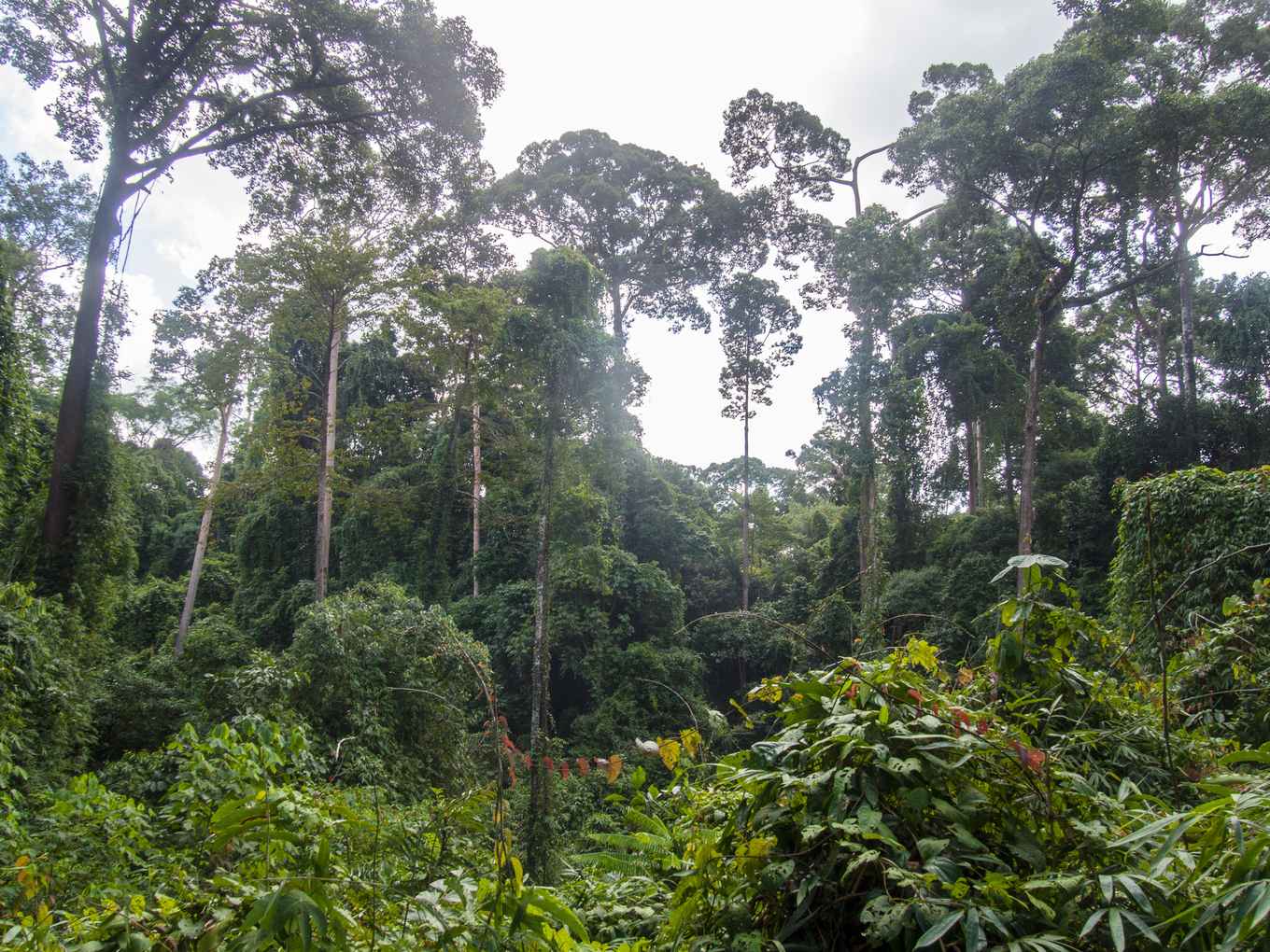The African trees that conquered Asia
4 February 2022

Dipterocarps are among the most abundant and diverse trees on earth and are economically important for their timber. However, the biogeographic origin of Asian dipterocarps was long unknown due the lack of fossils that capture the early history of this group.
The new study by Bansal et al. in Science used fossil pollen and resin and integrated these data into the phylogenetic tree. They found that dipterocarps originated around 100 million years ago in Africa, and from there they journeyed into India. Finally, when India collided with Asia dipterocarp radiation started.
Perspective
IBED researcher Dr Carina Hoorn wrote a perspective on the Bansal et al. study together with former IBED postdoc Jun Ying Lim who currently works at the National University of Singapore: ‘Bansal et al. fill in a critical gap in the dipterocarp evolutionary history by presenting fossil pollen from Sudan and India that is far older than any dipterocarp fossils described previously and by characterizing dipterocarp resin from sediments collected in India.’
Publication details
Carina Hoorn, Jun Ying Lim: ‘The African trees that conquered Asia,’ in Science 375 (6579) (2021). DOI: https://doi.org/10.1126/science.abn6191